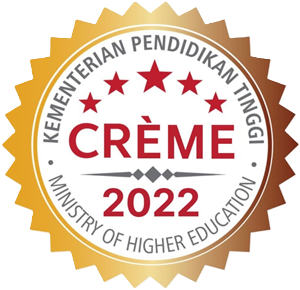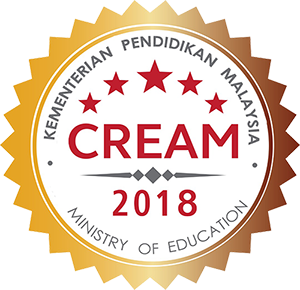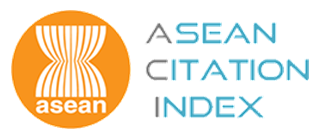COMPARATIVE ASSESSMENT OF PHYSICAL, CHEMICAL, AND ENERGY PROPERTIES OF PELLETS FROM INDIGENOUS SARAWAK BAMBOO SPECIES FOR COMMERCIAL UTILISATION
DOI:
https://doi.org/10.26525/jtfs2025.37.4.389Keywords:
Bamboo, pellets, physical properties, energy properties, renewable energyAbstract
This study investigates bamboo pellet production through a comparative analysis of the physical, chemical, and energy properties of various bamboo species from Sarawak, Malaysia, for commercial applications. Recognised for their rapid growth and high energy potential, five species of bamboo were analysed: Aur, Aur kuning, Betung, Beting, and Pring. The study evaluates the impact of species variation and parts on pellet quality, focusing on parameters such as bulk density, calorific value (CV), fixed carbon (FC), ash, and volatile matter (VM) content. Findings revealed that converting bamboo into pellets resulted in decreased VM content while increasing ash and FC content, as well as its CV. Among the species, Betung bamboo has been rated as the highest quality for bamboo pellets, with an average density of 1190 kg/m3, VM content of 78.73%, ash content of 2.38%, FC content of 18.89% and CV of 19.31 MJ/kg. Statistical analysis indicated significant effects of bamboo species and no significant effects of bamboo parts on bamboo pellets quality. In conclusion, Betung bamboo demonstrated considerable potential as a renewable energy resource for pellet production, with applications in energy generation, animal feed, soil enrichment, and construction materials. This research enhances the understanding of bamboo as a viable feedstock for renewable energy and supports the development of the bamboo industry in Sarawak.









